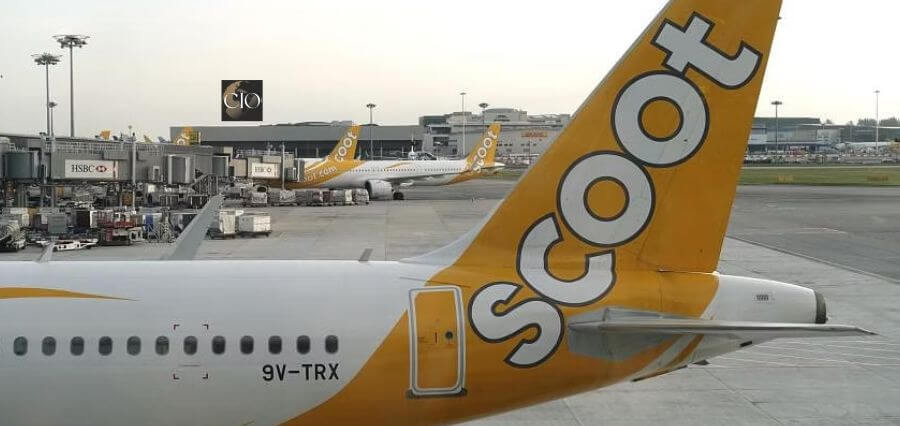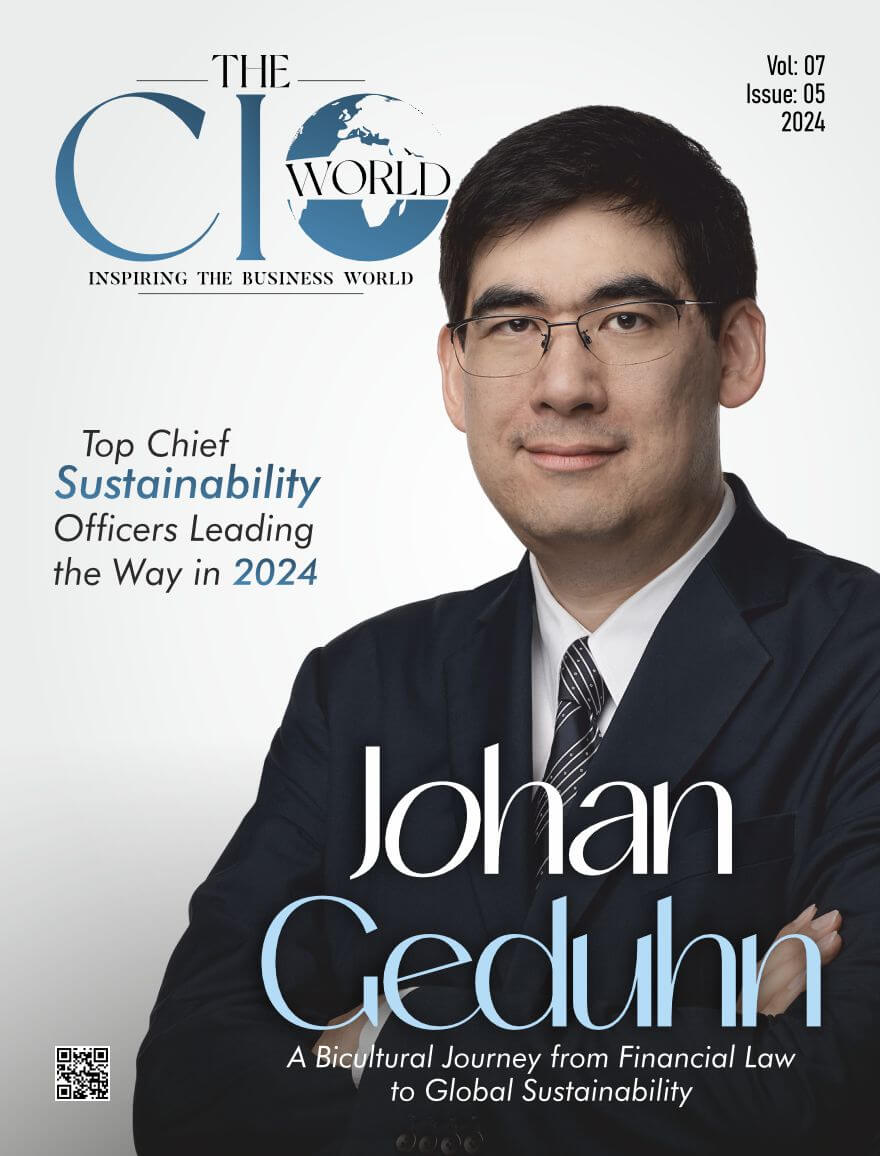Starting from April 1st, Scoot will expand its weekly flight operations from Singapore to South Korea, Japan, and Taiwan.
According to a media release on March 28th, the budget airline announced an increase in direct flights from Singapore to Seoul from three to four per week. Additionally, the number of weekly flights from Singapore to Taiwan will rise from 19 to 21.
Moreover, Scoot will augment its services from Singapore to Tokyo and Seoul with layovers in Taipei. The number of flights to Tokyo via Taipei will increase from seven to twelve, while flights to Seoul via Taipei will rise from four to five.
A spokesperson stated, “This expansion aims to meet the growing demand and offer more travel choices between Singapore, Taipei, Tokyo, and Seoul.”
Scoot’s extensive route network spans 15 countries and 72 destinations.
Scoot, a subsidiary of Singapore Airlines, operates as a unique low-cost carrier with a distinctive identity characterized by its “Scootitude.” The airline, established in November 2011, focuses on connecting people and cultures, striving for innovation, and catering to the needs of young-at-heart travelers seeking value.
Despite the industry’s average fleet age of around 15½ years, Scoot maintains an average fleet age of over 6 years. Beginning with just two Boeing 777-200 aircraft in 2012, the airline has expanded its fleet, recently introducing Embraer E190-E2s to enhance regional service.
Scoot continually enhances the travel experience through technological advancements, offering quieter engines and reduced turbulence. The Airbus A320neo and A321neo aircraft feature spacious economy seats with leather upholstery, providing a comfortable journey while reducing fuel burn and emissions by up to 20 percent.
Read More: https://thecioworld.com







